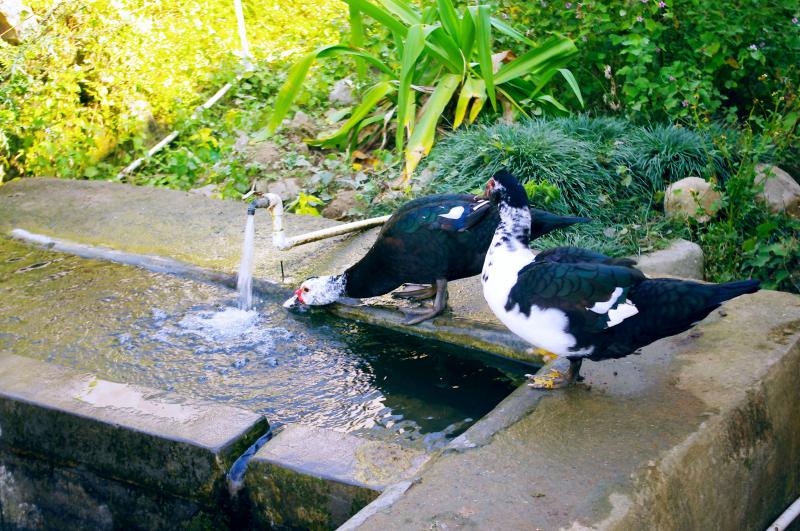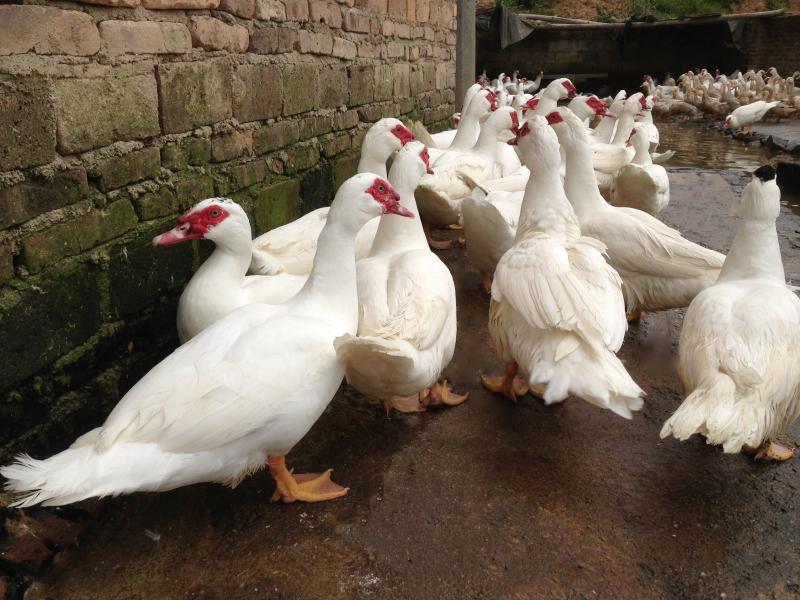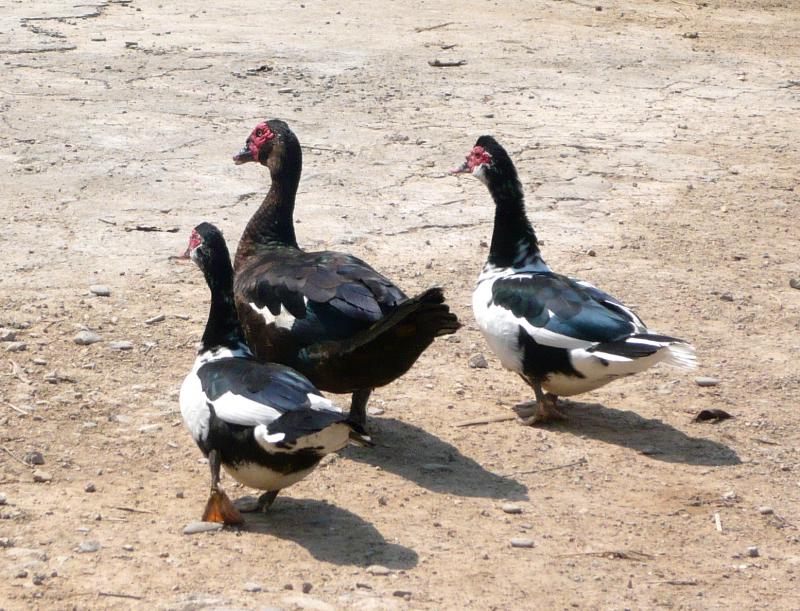
Fujian province, locates in Southeast China, is influenced by subtropical oceanic monsoons, with the annual average temperature of 21 ℃, 240-330 days are frost-free, and yearly precipitation is 1400-2000MM. Principal crops include rice, wheat, sweet potatoes, and peanuts. Fujian has a long, tortuous coastline. Therefore, it has adequate natural duck food resources such as shrimps, fish, snails, loaches, and earthworms. Fujian and Guangdong province have the ideal breeding condition for Muscovy Ducks. Feathers of Black Muscovy ducks are black and dark green, inside their wings only a few feathers are white. Chinese Muscovy White Duck Down is renowned for its bright and white color, large down cluster (about 1500 down clusters /gram), high fill power, high turbidity, which is one of the best duck down in the world, and they are recognized as “Pearls” from Lingnan.
Chinese Muscovy duck is originated from middle and South America. It can live under freezing weather (-12 ℃). It can be easily recognized by its red duckbill. It was introduced to Europe when Columbus found the New Continent in the 16th century. It was finally introduced to Fujian in 1729 by European businessmen. The record in “Quanzhou Prefecture Annual” in 1763 said, “Muscovy duck looks like a duck, but its body size is larger than local goose, it was introduced from abroad.” The Muscovy duck has gradually evolved into Chinese Muscovy Duck through the domestication by local farmers. Chinese Muscovy duck has stable genetic performance, and better adaption ability to the local environment compares to the original Muscovy duck. The primary production areas locate in Fujian, Taiwan, Hainan, Guangdong, and Guizhou Province. Other small farms locate in Guangxi, Zhejiang, Jiangxi, and Hubei Province.


